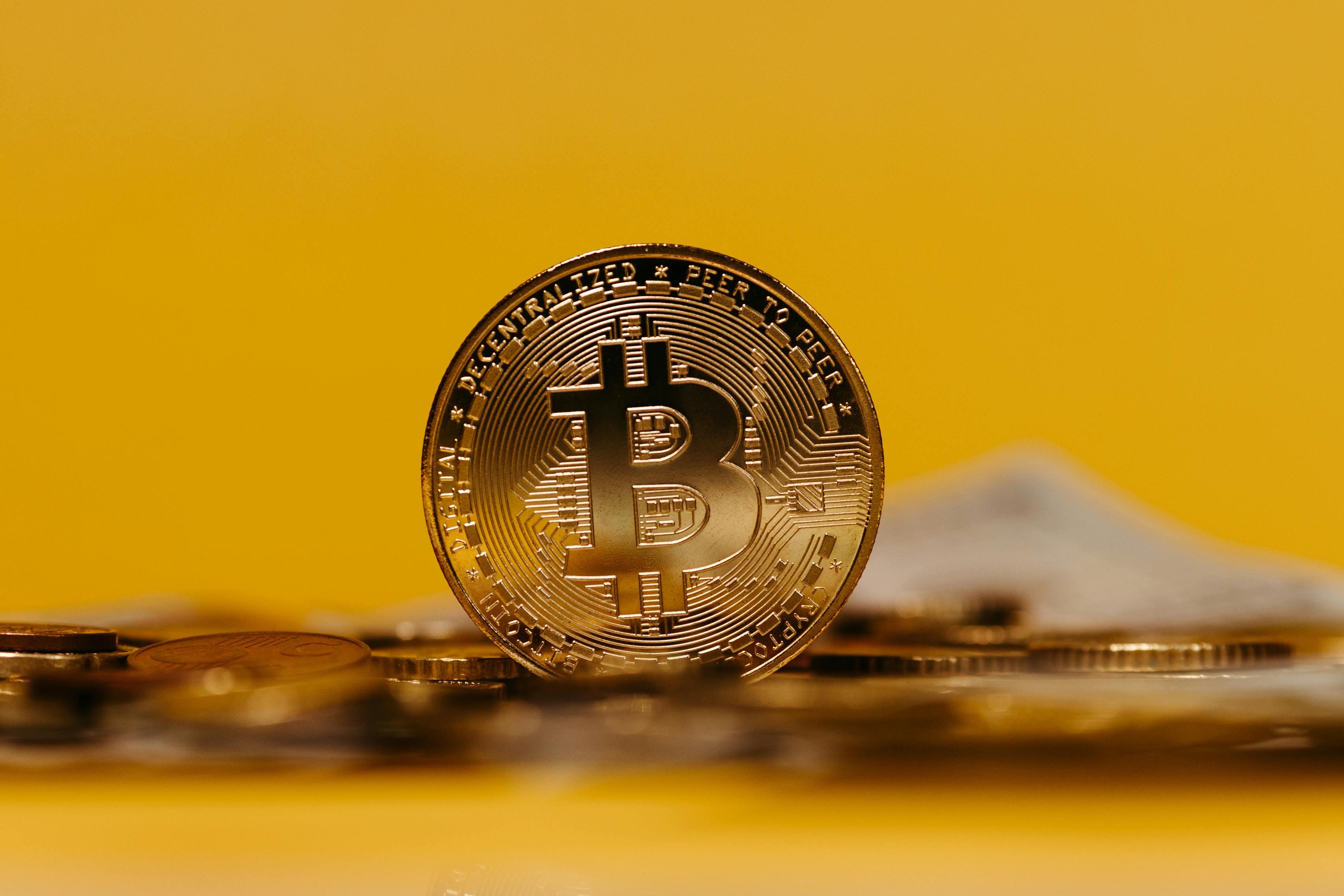Rare Coins: Timeless Treasures That Tell Forgotten Stories

In a world of digital transactions and cashless payments, coins may seem outdated. Yet, there exists a special category of coins that continues to fascinate historians, collectors, and investors alike—rare coins. These are not just bits of metal; they are pieces of history, symbols of culture, and in many cases, highly valuable assets. This article explores what makes a coin rare, the different types of rare coins, and why they continue to hold importance in today’s world.
What Defines a Rare Coin?
A rare coin is typically a coin that is hard to find due to its low mintage, historical importance, unique features, or limited survival. Not every old coin is rare, and not every rare coin is old. Several factors contribute to a coin’s rarity and desirability.
Key Factors of Rarity:
-
Limited Production: Coins minted in small quantities become rarer over time.
-
Age and Survival Rate: Coins that are centuries old and still in good condition are hard to come by.
-
Minting Mistakes: Coins with errors or unique designs often attract collectors.
-
Historical Significance: Coins linked to major historical events or rulers are especially prized.
-
Material Used: Coins made of gold, silver, or unusual metals can also be rare.
Understanding these factors is the first step in appreciating rare coins and their place in history.
Historical Importance of Rare Coins
Coins have been used by ancient civilizations not just for trade, but as tools of propaganda and expression. They often bear the faces of rulers, symbols of power, or messages for the public. Rare coins can therefore offer a detailed look into the culture, economy, and political climate of the time in which they were made.
Examples of Historical Themes on Coins:
-
Portraits of emperors or kings
-
Religious or spiritual symbols
-
Celebration of military victories
-
Architectural wonders
-
Local flora, fauna, or artifacts
Each coin reflects a specific moment in time, making it a living history lesson preserved in metal.
Popular Types of Rare Coins
Rare coins come from various eras and regions, each with its own story and characteristics. Some of the most popular categories include:
-
Ancient Coins: From Greek and Roman empires to Indian dynasties, these coins offer insight into some of the world’s earliest economies.
-
Medieval Coins: Reflect the fragmented political systems of the time and are often handmade with unique patterns.
-
Colonial Coins: Produced during the colonial periods in Asia, Africa, and the Americas, these coins often show a mix of local and foreign influence.
-
Error Coins: These modern coins are produced with mistakes—like misprints or incorrect dates—and are highly collectible due to their uniqueness.
-
Commemorative Coins: Issued to mark special events, leaders, or anniversaries, these coins are often produced in limited numbers.
Indian Rare Coins and Their Legacy
India, with its rich and diverse history, has one of the most fascinating coinage traditions in the world. From ancient punch-marked coins to Mughal-era silver pieces, India’s rare coins reflect its political, cultural, and religious evolution.
Notable Indian Rare Coins:
-
Punch-Marked Coins (6th century BCE): Some of the earliest coins in the world, marked with symbols rather than inscriptions.
-
Gupta Dynasty Gold Coins: Famous for their artistic quality and depiction of deities and rulers.
-
Mughal Empire Coins: Known for their elegance and inscriptions in Persian, often struck in gold and silver.
-
British India Coins: Coins bearing the likeness of Queen Victoria and subsequent British monarchs, many of which are rare today.
-
Independent India Mint Errors: Coins issued after 1947 with unique flaws, such as missing denominations or misaligned prints.
Collectors from around the world seek Indian rare coins for their beauty, variety, and cultural depth.
The Art and Science of Coin Grading
Grading is a system used to assess the condition of a coin, which directly affects its value. A higher grade usually means a better-preserved coin and therefore a more desirable one.
Common Grades Include:
-
Uncirculated (Mint State): No wear; looks as new as the day it was minted.
-
Extremely Fine (XF): Very minimal signs of use.
-
Very Fine (VF): Slightly more wear, but design details remain clear.
-
Fine (F): Clearly worn, but still identifiable.
-
Good (G): Heavily worn, often used for very old or common coins.
Grading should ideally be done by a certified expert or grading service to ensure accuracy.
How to Start a Rare Coin Collection
Building a rare coin collection is a rewarding journey. Whether you’re a history buff or an investor, coin collecting can be both educational and profitable.
Getting Started:
-
Choose a Focus: Begin with a region, era, or type of coin that interests you.
-
Educate Yourself: Read books, join numismatic forums, and watch expert tutorials.
-
Start Small: Purchase a few low-cost coins before moving to rare and expensive ones.
-
Visit Coin Shows: Interact with dealers, learn from experienced collectors, and see coins in person.
-
Document Your Collection: Keep detailed records of each coin’s origin, price, and condition.
Starting a collection is not about acquiring the most expensive coins, but about building knowledge and appreciation.
Tips for Preserving Rare Coins
Rare coins can lose value if not cared for properly. To keep your collection in excellent shape:
-
Avoid Touching Coins Directly: Use gloves or hold them by the edges.
-
Use Proper Storage: Store in coin holders or acid-free albums.
-
Keep Away from Moisture and Heat: Store in a cool, dry environment.
-
Do Not Clean Coins: Cleaning can damage the surface and reduce value.
-
Insure Your Collection: If your collection becomes valuable, consider insuring it against loss or damage.
Proper preservation ensures your coins remain beautiful and valuable for years to come.
Conclusion
Rare coins are not just collector’s items—they are pieces of art, history, and culture. Each coin tells a story of a time gone by, making it a timeless treasure for anyone who holds it. Whether you’re an amateur enthusiast or a serious numismatist, rare coin collecting offers a deeply satisfying way to connect with the past while building something truly valuable for the future.
Important Links
- Art
- Causes
- Crafts
- Dance
- Drinks
- Film
- Fitness
- Food
- Games
- Gardening
- Health
- Home
- Literature
- Music
- Networking
- Other
- Party
- Religion
- Shopping
- Sports
- Theater
- Wellness



